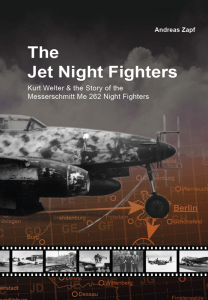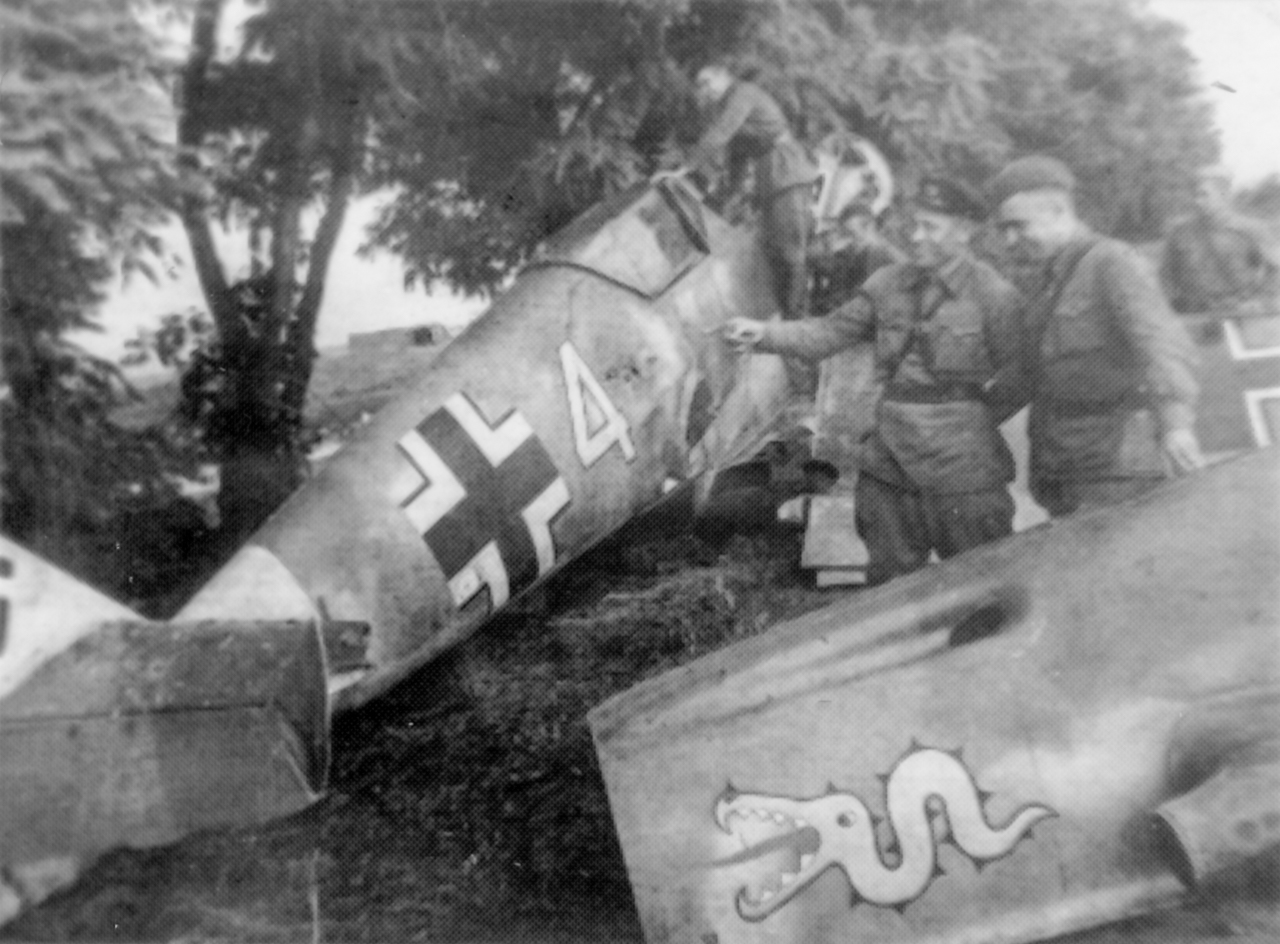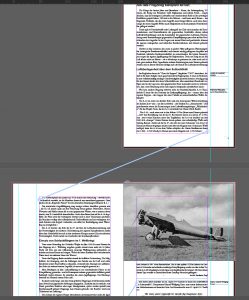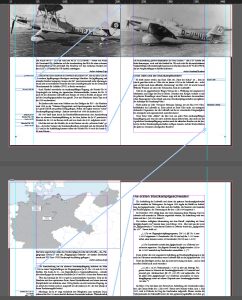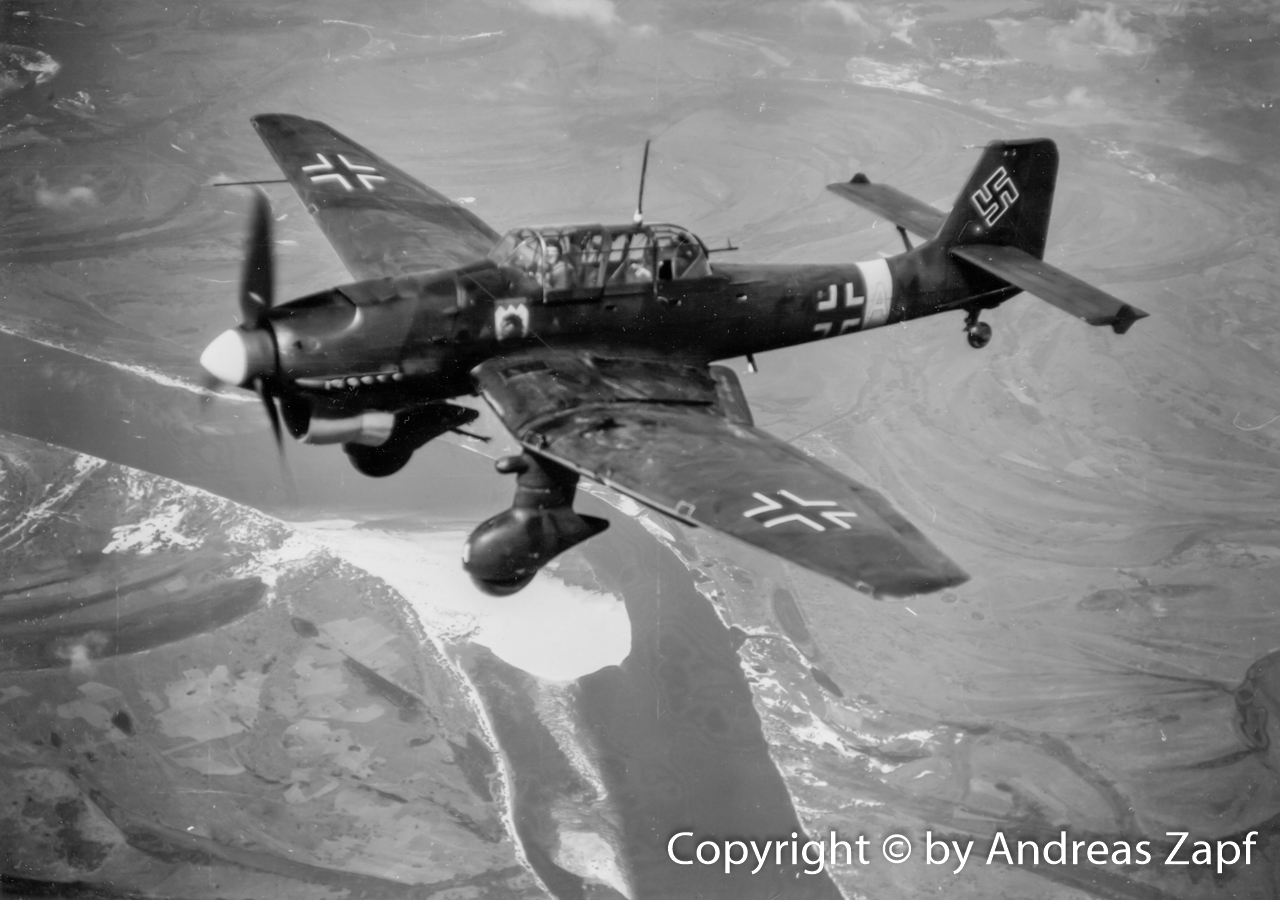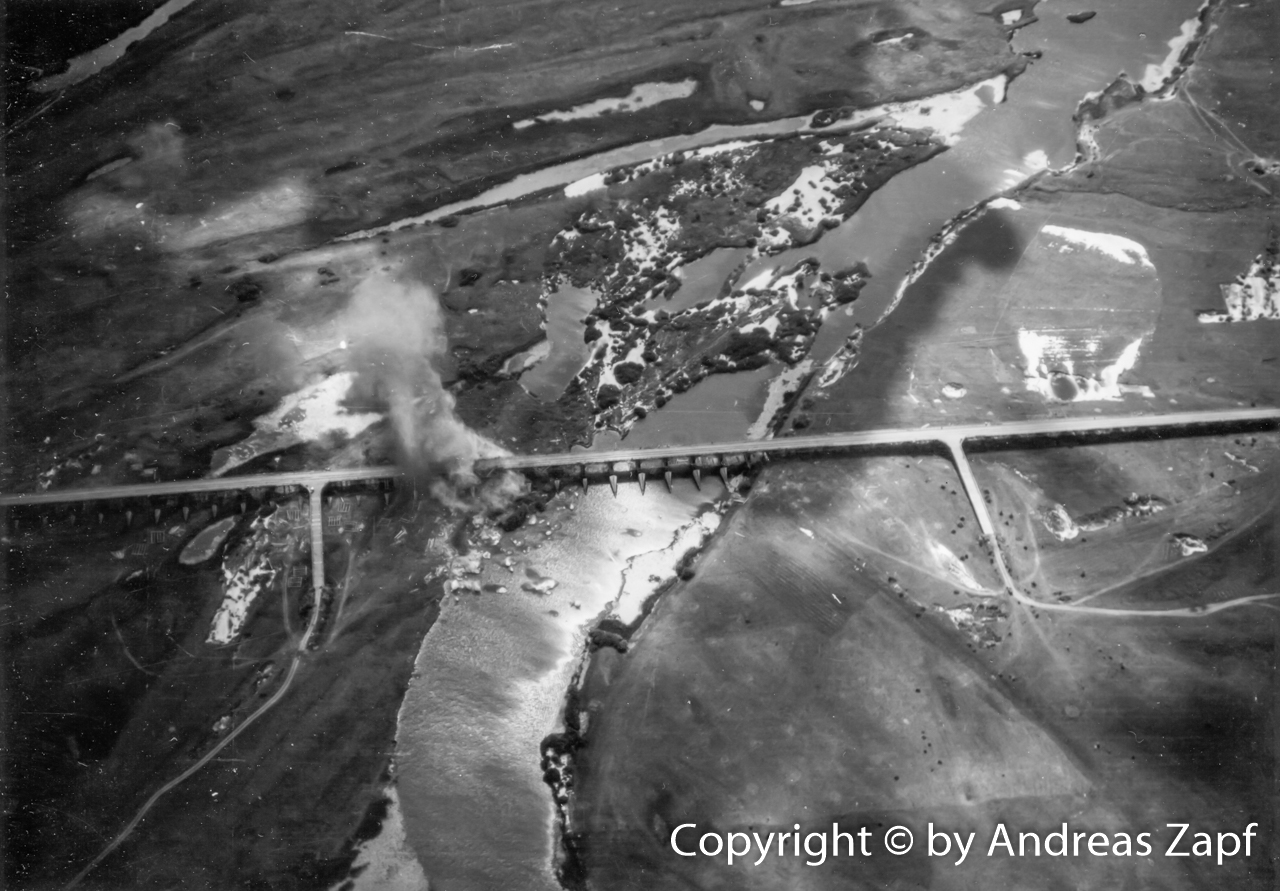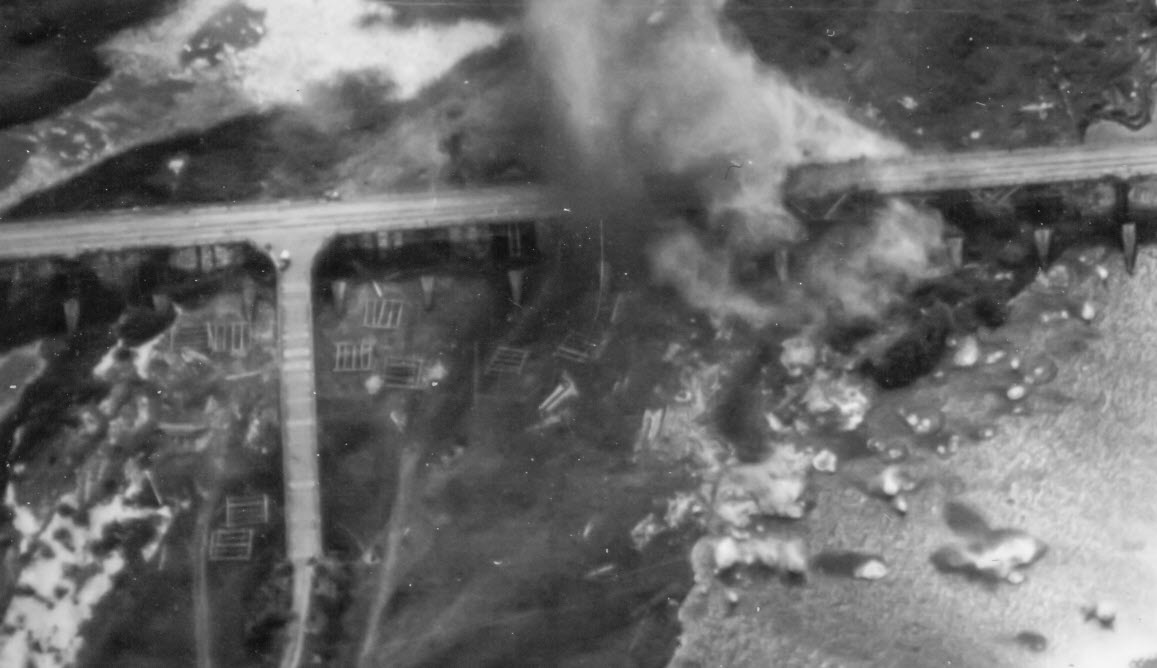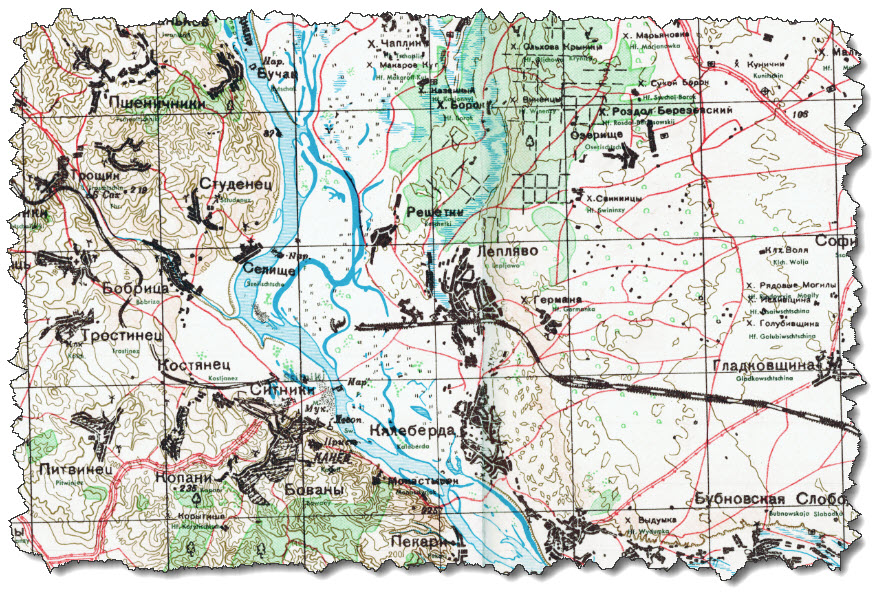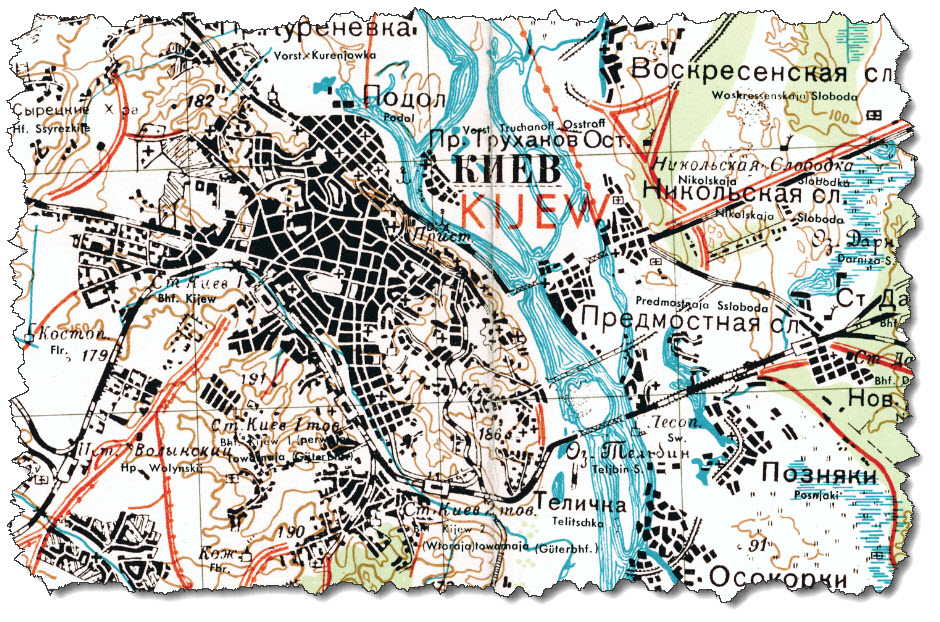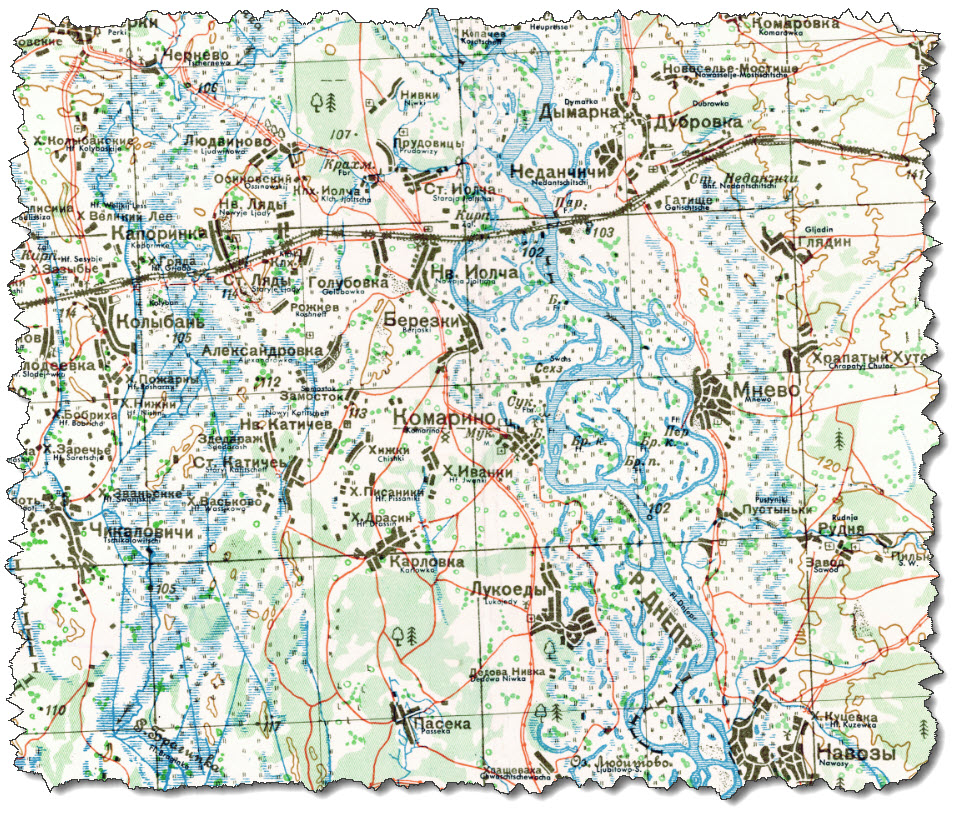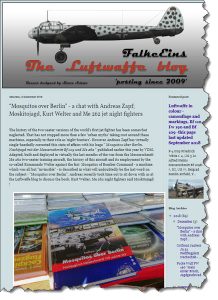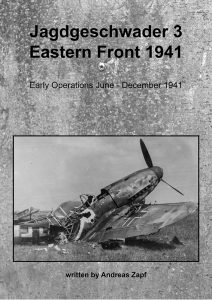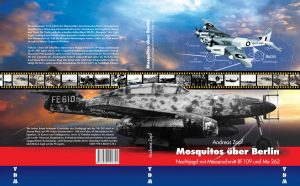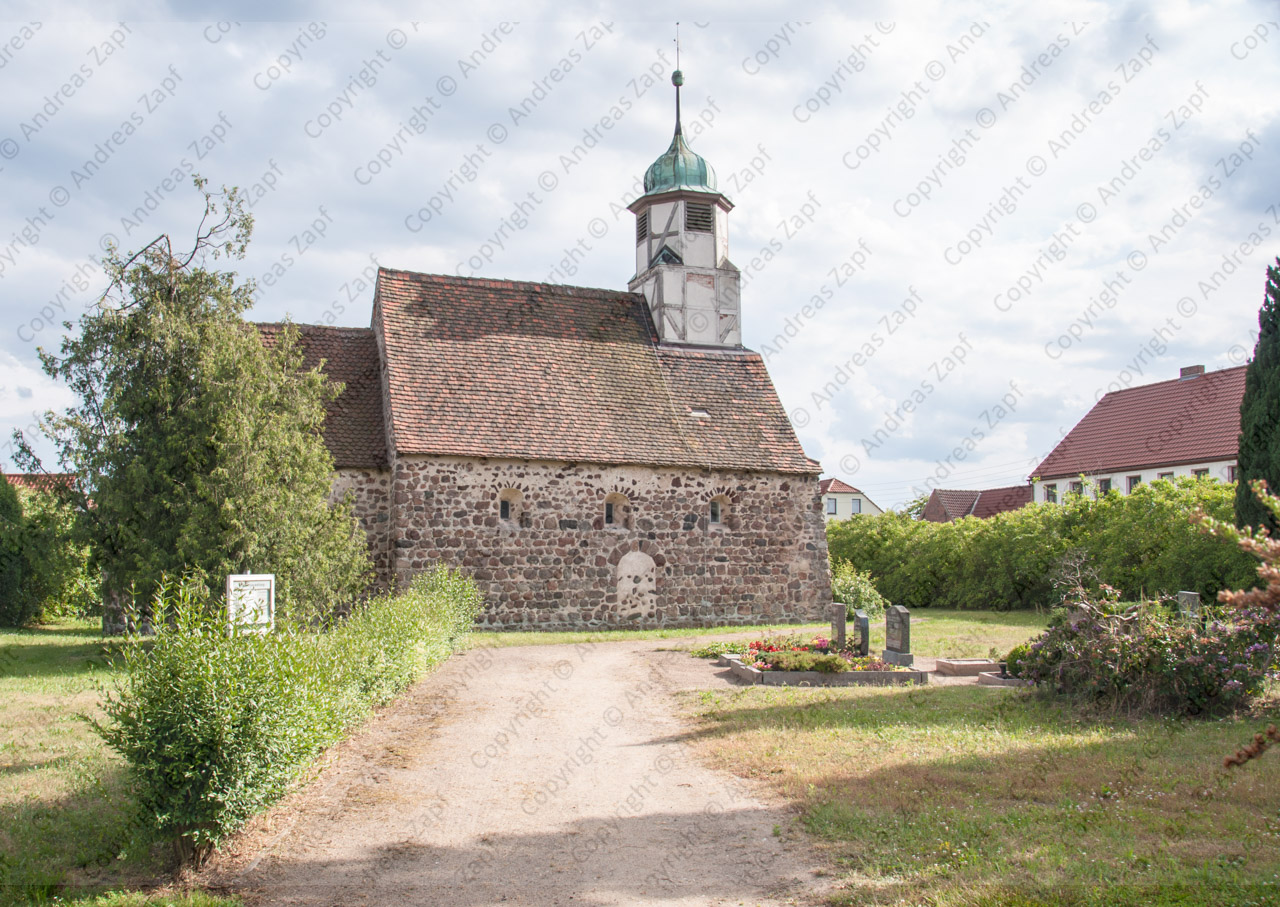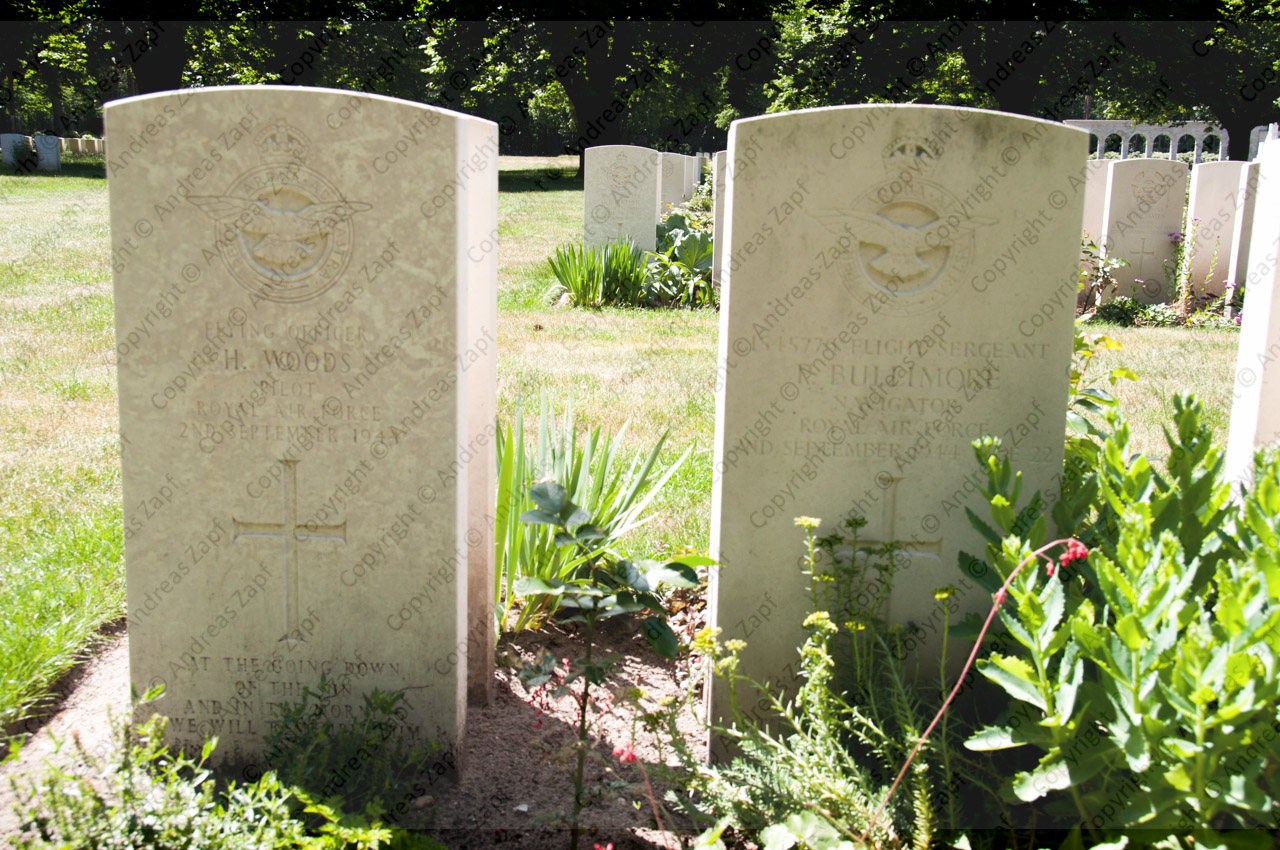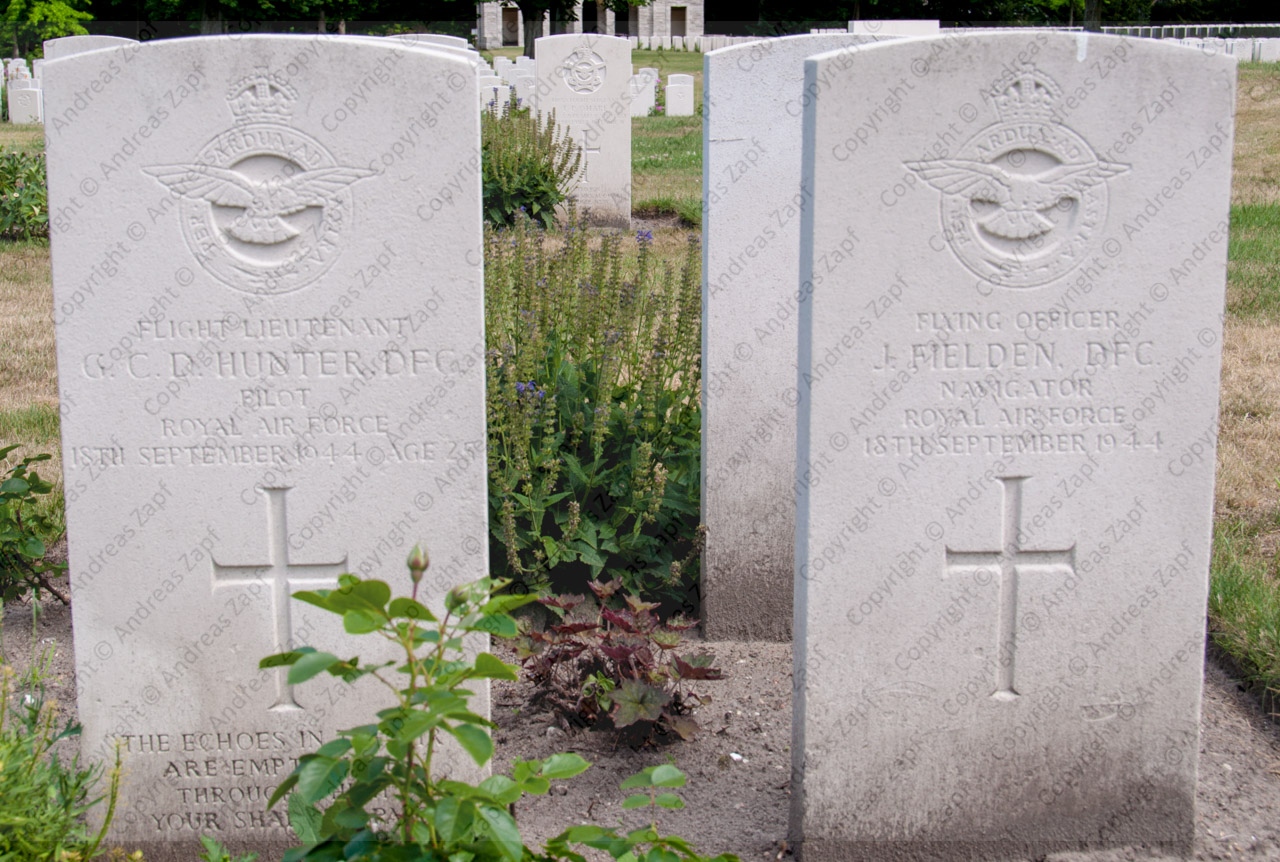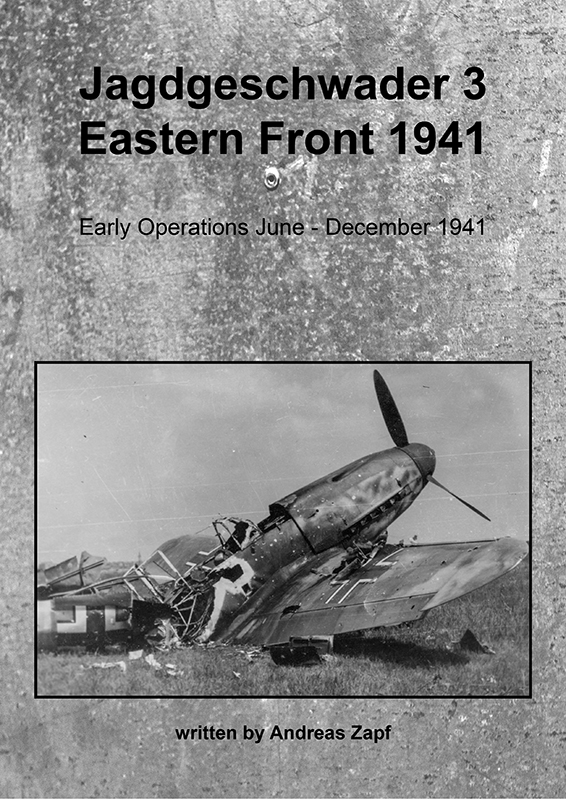Some sources in Literature say that Oblt. Kurt Welter and at least some of his pilots flew daylight missions to counter “Operation Clarion” on February 22/23, 1945. It is also said, that they made five claims, Oblt. Kurt Welter and Fw. Fritz Reichenbach scoring two Mosquitos each, while Fw. Gustav Richartz claimed a single twin-engine bomber.
2nd Tactical Air Force – A Loss List
Before we are taking a look at the Luftwaffe side of things, here is a quick summary of the documented Mosquito losses for “Operation Clarion”:
- No. 21 Sqn. RAF lost 2 Mosquitos, two crew members being killed, two indicated as “safe”
- No. 107 Sqn. RAF lost 1 Mosquito, both crew members being captured.
- No. 305 Sqn. RAF lost 1 Mosquito, one crew member being killed and one captured.
- No. 418 Sqn. RAF lost 4 Mosquitos, four crew members being killed, two captured and two indicated as “safe”.
- No. 464 Sqn. RAF lost 2 Mosquitos, three crew members being killed, one captured.
- No. 487 Sqn. RAF lost 5 Mosquitos, eight crew members being killed, two indicated as “safe”.
- No. 605 Sqn. RAF lost 6 Mosquitos, five crew members being killed, three captured and two indicated as “safe”.
- No. 613 Sqn. RAF lost 3 Mosquitos, four crew members being killed, two indicated as “safe”
So on Mosquitos, the 2 TAF lost a total of 24 aircraft – a major loss record for just two days.
The Luftwaffe Record of Events
The Luftwaffe records “Operation Clarion” as follows:
“Strong fighter activity over NW-, W- and SW-Germany, a total of about 1.000 aircraft with focus on the Rhine-Westphalian industrial area and the Münsterland (450) as well as the central Rhine area (250).”
Unfortunately, the Morgenmeldung Luftwaffeführungsstab Ic only records the air operations of 1. Jagd-Division, 10./NJG 11 (or “Kommando Welter”) was flying under the authority of 2. Jagd-Division during the month of February 1945.
The US Missing Air Crew Listing of Allied A/C Losses
NARA holds a summary document containing a listing of crashed allied aircraft in Germany which has likely been compiled from German records captured after the war was over. This document – for February 22nd, 1945 – lists a total of 21 Mosquitos crashed in German occupied territory.
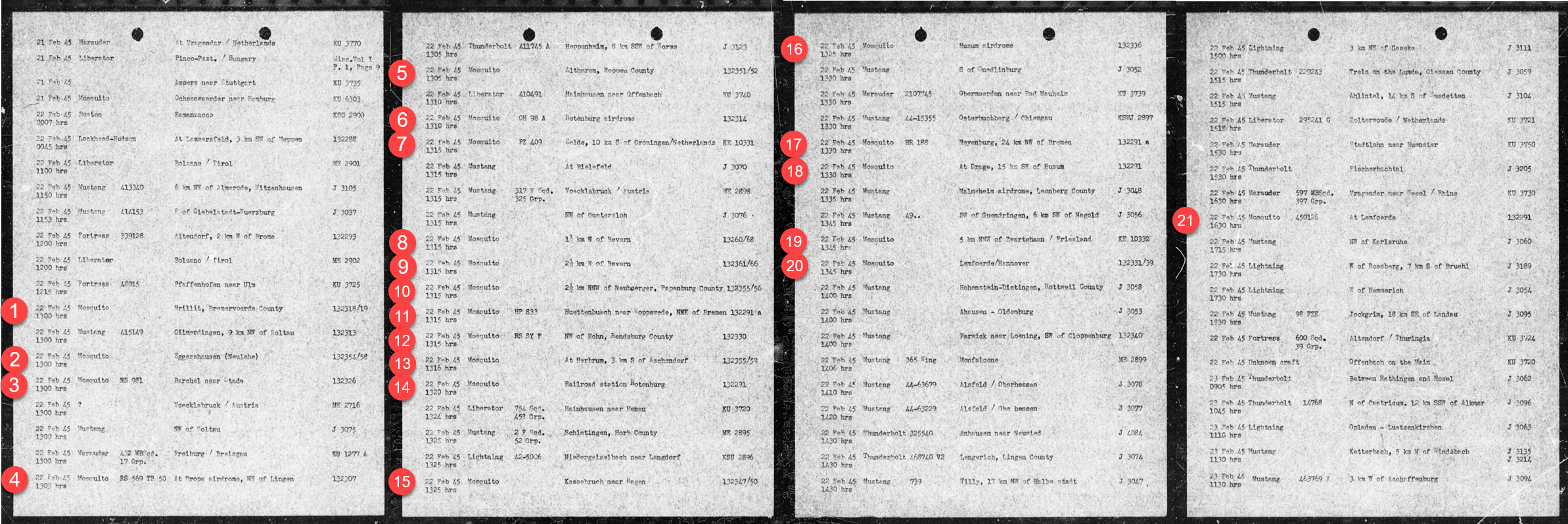
Some of those Mosquitos listed can be traced back to the actual losses of “Operation Clarion” – others can only be guessed, some remain open.
Details on Mosquito Operations
Working from the squadron’s Operations Records Books, we can “work backwards”, analyzing the known Mosquito operations of the day:
No. 21 Sqn. RAF
As mentioned earlier, No. 21 Sqn. RAF lost two Mosquitos in “Operation Clarion”, two crew members being killed and two indicated as “safe”.
The two Mosquitos in question are PZ305 (with P/O Adams and F/SGT Nicholas as crew) and HR150 (with F/LT Hugh Henry Fielding Johnson [130659, RAFVR] and F/O Leonard George Harbord [152426, RAFVR]).
While the first one performed a successful belly-landing at Brussels, the latter one failed to return. The crew rests at the Hannover War Cemetery, the Graves Concentration Report Form shows the cemetery of Ströhen as initial burial location, which usually is very close to the place of the actual crash.
No. 107 Sqn. RAF
No. 107 Sqn. RAF has a single Mosquito which fails to return, HR188 flown by MAJ. Hunt and P/O Collins. She left her base at Cambrai/F at 11:18 hrs. and reportedly crashed near Meyenburg, north of Bremen. Cause for this loss was Flak, both crew members where taken prisoner.
This aircraft is listed in the US Listing of Allied Aircraft crashed over Germany, it is #17 of the above list:

No. 305 Sqn. RAF
This unit reports one Mosquito missing, the “J-Aircraft”, Mosquito PZ380. She was flown by W/O Smith and F/SGT Robertson, leaving base at 11:35 hrs. She was last seen by the “A-Aircraft” of the squadron with one engine on fire and preparing to land about 8 miles south-west of Bremen.
While F/SGT Robertson survives the crash, W/O E. Smith (1268888, RAFVR) is killed in the crash, the initial burial recorded at the cemetery of Kassebruch which is located approx. 30 km north-northwest of Bremen.
This aircraft is listed in the US Listing of Allied Aircraft crashed over Germany (#15):

No. 418 Sqn. RCAF “City of Edmonton”
The squadron lost four Mosquitos over the course of action, all listed under the date of “21st/22nd” in the Operations Records Book of the unit. All four crews had the operational target “Patrol Zwolle – Osnabrück” listed as assigned duty.
First listed is the “X-Aircraft”, Mosquito PZ397 with W/CDR Wickett and F/O Jessop. It appears that the Mosquito has been shot down near Groningen/NL by flak, both crew members taken POW.
This aircraft is possibly listed in the US Listing of Allied Aircraft crashed over Germany (#5):

Also listed is the “R-Aircraft”, Mosquito PZ388 with F/LT Hugh Murdo Hope [C23855, RCAF] and F/O Leslie Amos Thorpe [163879, RAFVR]. According to Canadian documents, the Mosquito was shot down by flak and crashed approx. 450 yards from the depot of Nieuwe Schans, about 27 miles east of Groningen/NL. Both airmen were killed in the crash.
Next up – or rather: down – is Mosquito RS604, the “M-Aircraft”, flown by F/LT Hackett and F/O Brittain. Not much is known about this crash, however, both crew members seem to have survived the crash as there is no record of any deceased airmen by this name and date. It is said that they have been lost south of Terschelling/NL, over sea.
This aircraft is possibly listed in the US Listing of Allied Aircraft crashed over Germany (#19):

Finally, Mosquito RS569 with F/LT Herbert Edwin Miller [138448, RAFVR] and F/SGT Wilfred Hooper [196283, RAFVR] is also lost, both crew members are killed in the crash. While F/SGT Hooper is still listed as “missing in action”, F/LT Miller is buried at the Reichswald Forest War Cemetery with no initial burial location noted.
This aircraft is listed in the US Listing of Allied Aircraft crashed over Germany (#4):

No. 464 Sqn. RAAF
Two Mosquitos are lost from No. 464 Sqn. RAAF in “Operation Clarion” – the first one being NT177 with F/O Ronald William Alexander Rankin [J25391, RCAF] and P/O Derek Stephen Judd [165090, RAFVR]. While latter one survives the crash, F/O Rankin is killed.
Canadian documents indicate his initial burial location as Rotenburg an der Wümme, just south of Hamburg which suggests that the location of the crash is somewhere near, maybe at the airfield of Rotenburg.
Two aircraft are listed in the US Listing of Allied Aircraft crashed over Germany as having come down at Rotenburg (#6 & #14) – which one of those is NT177 remains open, although one source suggests it is the one that crashed at the local airfield:

Also missing is Mosquito HX920, flown by F/O Allan John McMahon [422870, RAAF] and P/O Kennedy Gowlett [426457, RAAF]. While F/O McMahon is still listed as “missing in action”, P/O Gowlett is today buried at the Hannover War Cemetery with the initial burial recorded at the Engelbostel Cemetery, north-northwest of Hannover.
Given that the aircraft of the squadron operated in the same area, it is also possible that the second Mosquito crashed at Rotenburg is in fact HX920 – but that is a far shot.

No. 487 Sqn. RNZAF
This squadron suffered the second highest loss of Mosquitos in “Operation Clarion” – a total of five aircraft went missing.
First noted is Mosquito PZ395 with W/CDR Reginald William Baker (401748, RNZAF) and F/LT Alexander John Fowler (422654, RNZAF). Both crew members were killed in the crash of their aircraft, their bodies discovered at the cemetery of Bevern/Bremervörde.
A second Mosquito lost is NS963, flown by F/LT Paul Christopher Wendover Sage [113425, RAFVR] and F/O John Cockburn [145110, RAFVR]. Both crewmen are killed, ther initial burial is recorded at Bevern/Bremervörde.
Both aircraft are likely listed in the US Listing of Allied Aircraft crashed over Germany (#8 & #9) – which one is which, however, will remain unknown for the time being:

The third Mosquito which did not return is NS981 with F/O Lance Dixon Gilbertson [421368, RNZAF] and F/O A. J. Askew [RNZAF]. They are noted as having been heard to say “baling out” and in fact, both survived the crash of their Mosquito, becoming prisoners of war. Likely, their aircraft came down near Barchel.
This aircraft is listed in the US Listing of Allied Aircraft crashed over Germany (#3):

The fourth Mosquito lost is HP933 with F/O Peter Harold Burne [J88797, RCAF] and F/LT Allan Jerry Vickers [J13115, RCAF]. She was hit by flak near Hüttenbusch / Worpswede and exploded in mid-air. The remains of both crewmen were initially buried at Geestmünde.
This aircraft is listed in the US Listing of Allied Aircraft crashed over Germany – although identified as HP833 (#11):

Last but not least, Mosquito HR177 fails to return with F/LT David Potts [129379, RAFVR] and F/SGT Frank Valentine [1625056, RAFVR] at the controls. Both were initially buried at the cemetery of Ostermede (today known as “Osterwede”), south-west of Bremervörde. She most likely crashed near Brillit, the next village to the west of Osterwede.
This aircraft is listed in the US Listing of Allied Aircraft crashed over Germany (#1):

No. 605 Sqn. RAF
The first Mosquito lost is HR355, flown by S/LDR McCall and P/O Caulfield. Both survive the crash of the Mosquito and become prisoners of war.
Possibly, this aircraft is listed in the US Listing of Allied Aircraft crashed over Germany #10):

The above match is made under the assumption that the aircraft of the squadron may have operated in one specific area and that other aircraft lost in this area are identified in the listing, leaving only this one entry unmatched.
Next, Mosquito PZ406 with F/LT Edward Leonard Jones [131857, RAFVR] and F/O Gerwyn Phillips [153228, RAFVR] is lost. This crew is not so lucky – both airmen are killed. The initial graves are located at the cemetery at Lehe, south of Papenburg.
This aircraft is listed in the US Listing of Allied Aircraft crashed over Germany (#13):

The third Mosquito lost is PZ416, flown by F/O Robert James Rex Owen [171378, RAFVR] and P/O George Thirlwell [165656, RAFVR]. Both are killed in the crash, their initial graves located at Lehe cemetery, south of Papenburg.
This aircraft is listed in the US Listing of Allied Aircraft crashed over Germany (#2):

This Mosquito is followed swift by PZ409, flown by F/LT Jack George Enticott [129748, RAFVR] and F/SGT Derek Cecil Hinton [1602154, RAFVR]. While the navigator survives the crash by baling out, the pilot, F/LT Enticott, is killed. The crash location is said to be located near Eelde airfield, supported by the fact that F/LT Enticott is today buried at the Eelde General Cemetery.
This aircraft is listed in the US Listing of Allied Aircraft crashed over Germany (#7):

A little bit later, another Mosquito is lost, HR205. She is flown by F/LT Archibald Vincent Rix [109142, RAFVR] and F/O Robert Burrows [154847, RAFVR]. The Mosquito is damaged by flak and is belly-landed at RAF Blackbushe where is is rated as “damaged beyond repair”. Both crewmen escape the wreck unharmed.
No. 613 Sqn. RAF
Another three Mosquitos are lost to No. 613 Sqn. RAF – the first one being LR338 with F/LT David Walter Thomas Stealey [66552, RAFVR] and F/O Arthur John Backshell [154555, RAFVR] at the controls. The crew is still “missing in action”, both are remembered at the Runnymede Memorial.
Also lost is Mosquito RS563, flown by F/LT Albert Eric Arnold [116563, RAFVR] and F/O Arthur William Higginson [163646m RAFVR]. Their initial graves are located at Hohn near Rendsburg.
This aircraft is listed in the US Listing of Allied Aircraft crashed over Germany (#12):

Finally, Mosquito NS899 is lost, flown by F/O Harold Maurive Dean [136502] and F/O Muir. Both are indicated as “safe”, meaning they not only survived the loss of their aircraft but also walked away from the landing on own territory.
Back to 10/NJG 11…
So back to Kurt Welter and 10./NJG 11: none of the Mosquitos lost during “Operation Clarion” – at least those, that I was able to identify – are lost anywhere close to Kurt Welter’s area of operations.
Most of the Mosquitos lost are attributed to anti-aircraft fire – or “Flak”. None of them is remotely connected to a claim of a Messerschmitt Me 262 as Welter and his men flew them.
So far, there is no conclusive evidence available that suggests that Kurt Welter and 10./NJG 11 have been operating against the Mosquito raiders of “Operation Clarion”. Leave alone that any of them would have scored a Mosquito…or five.
